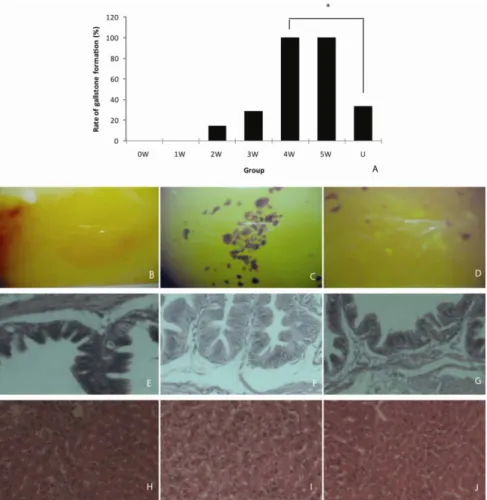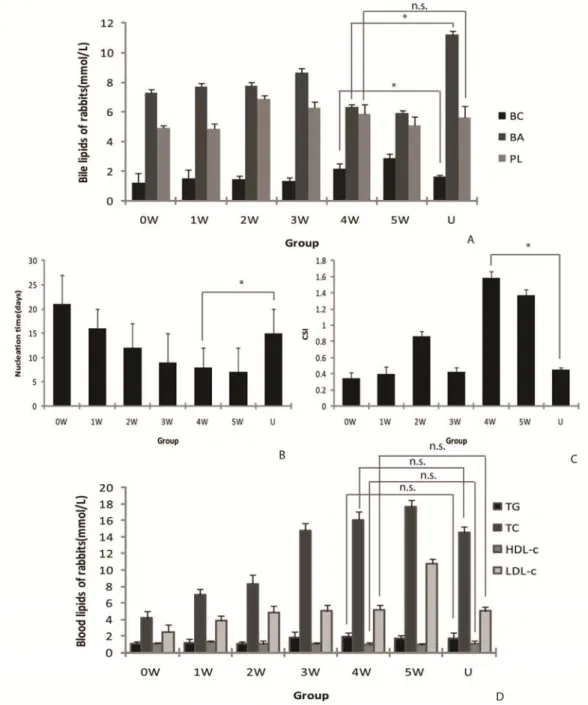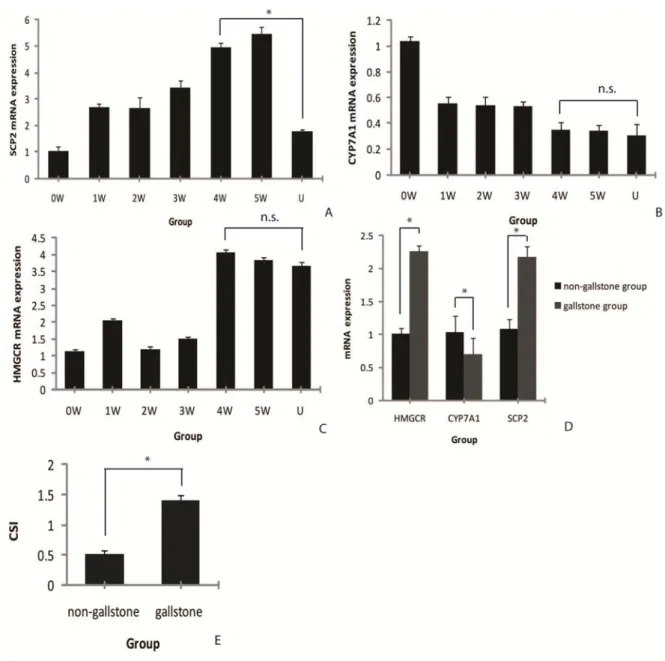Original article:
URSODEOXYCHOLIC ACID LOWERS BILE LITHOGENICITY BY REGULATING SCP2 EXPRESSION IN RABBIT CHOLESTEROL
GALLSTONE MODELS
Yunfeng Cui
1, Zhonglian Li
1, Erpeng Zhao
1, Ju Zhang
2, Naiqiang Cui
1*1
Department of Surgery, Tianjin Nankai Hospital, Nankai Clinical School of Medicine, Tianjin Medical University, 122 Sanwei Road Nankai District, Tianjin 300100, China
2



